

“Although she was one hundred and fifteen years old, Laura Gandarillas insisted on operating the lights for the premiere at a newly opened theater in the city. And although the director had suggested that she stay home, she still dragged her legs to the lighting booth. She sat in front of the lighting console as if she were in her prime, and there, for all her iron will, the old designer did everything wrong and fell asleep three times during the play.
A little before the end of the disastrous performance, when the entire theater crew wanted to go upstairs to demand her retirement, a phantom of the theater appeared before her, inside the booth: a lonely and tragic ghost who, yearning for company, was searching for someone else to take along with him.
She saw it but could do nothing to escape its intentions. The phantom grabbed her fingers and thrust them into the socket, electrocuting her immediately. The team's anger shifted to concern when they heard the explosion. They ran to the booth, and there they found her amidst the smoke and the burnt smell: old, scorched, her head wedged between the knobs.”
“Aunque tenía ciento quince años, Laura Gandarillas insistió en operar las luces del estreno en un teatro recién inaugurado en la ciudad. Y aunque el director le había sugerido que se quedara en casa, de igual manera arrastró sus piernas hasta la caseta de iluminación. Se sentó frente a la consola de luces como si estuviera en sus mejores años y allí, a pesar de su férrea voluntad, la vieja diseñadora lo hizo todo mal y se durmió tres veces durante la obra.
Un poco antes del final de la desastrosa función, cuando todo el equipo del teatro quería subir para exigirle que se jubilara, al interior de la caseta se le apareció un fantasma del teatro: un ente solitario y trágico que, deseoso de compañía, buscaba llevarse a alguien más con él.
Ella lo vio, pero no pudo hacer nada por escapar a sus intenciones. El fantasma agarró sus dedos y se los introdujo en el enchufe, electrocutándola de inmediato. El enojo del equipo mutó a preocupación cuando escucharon la explosión. Corrieron a la caseta y ahí, entre el humo y el olor a quemado, la encontraron: vieja, chamuscada y con la cabeza enterrada entre las perillas.”

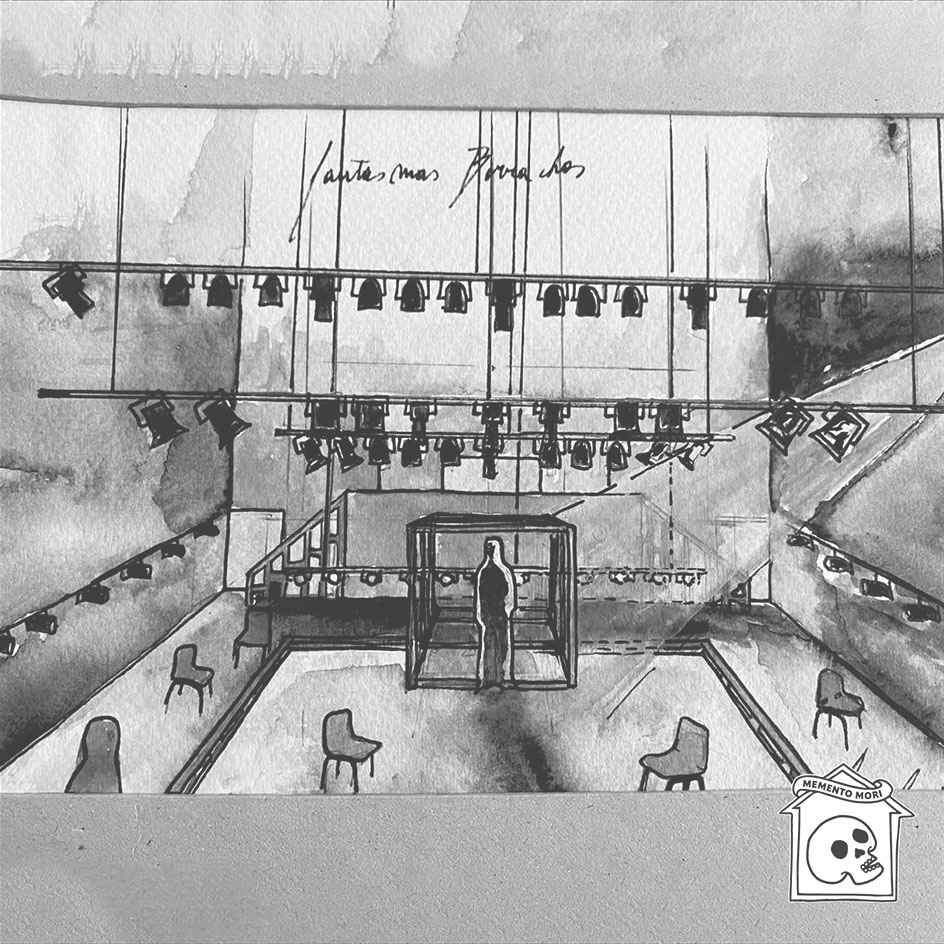
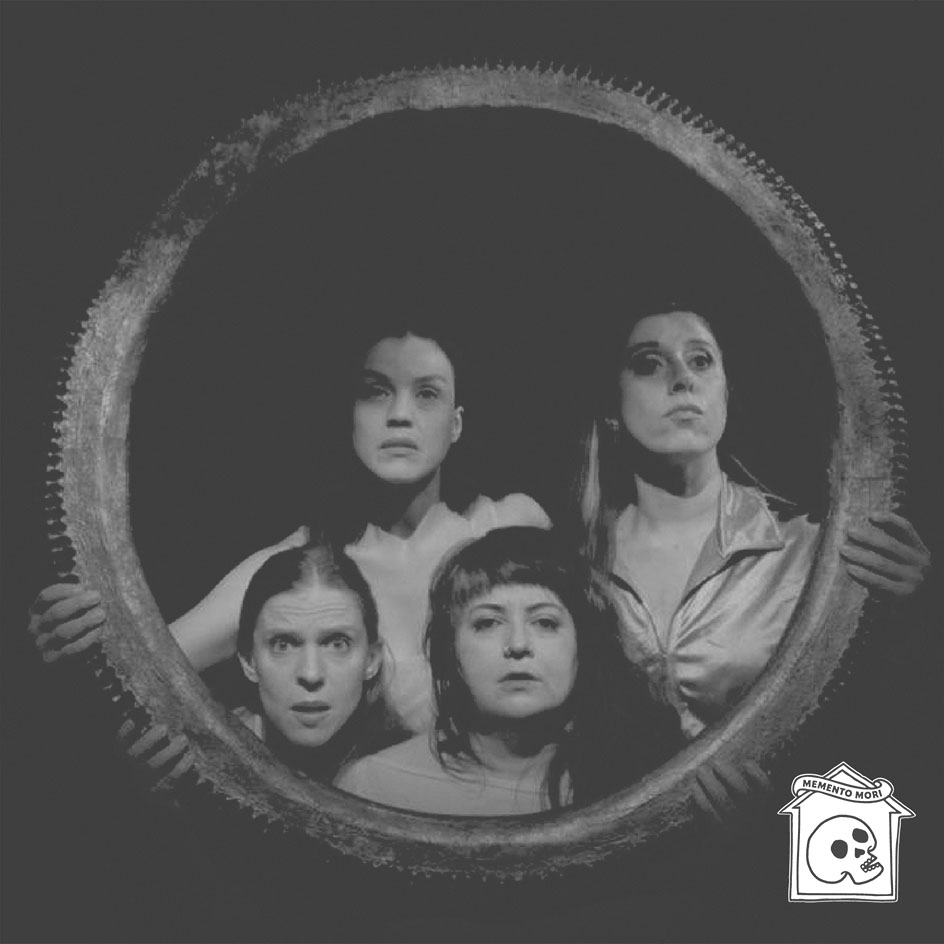
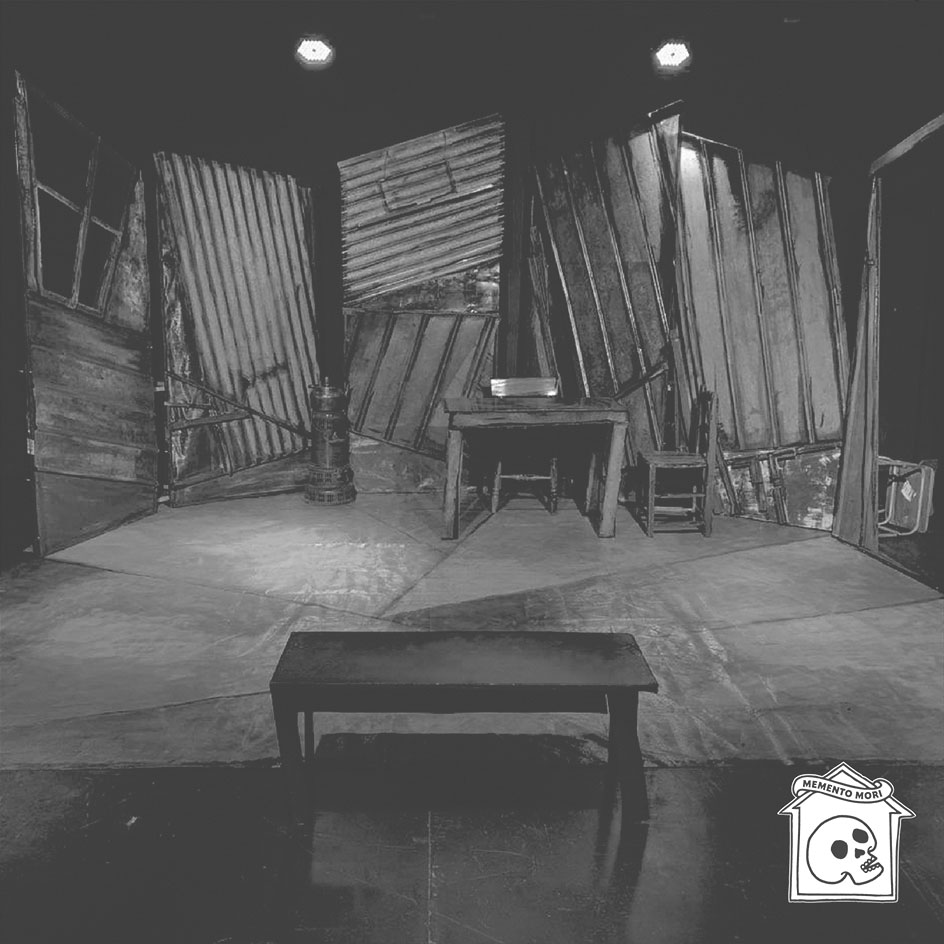
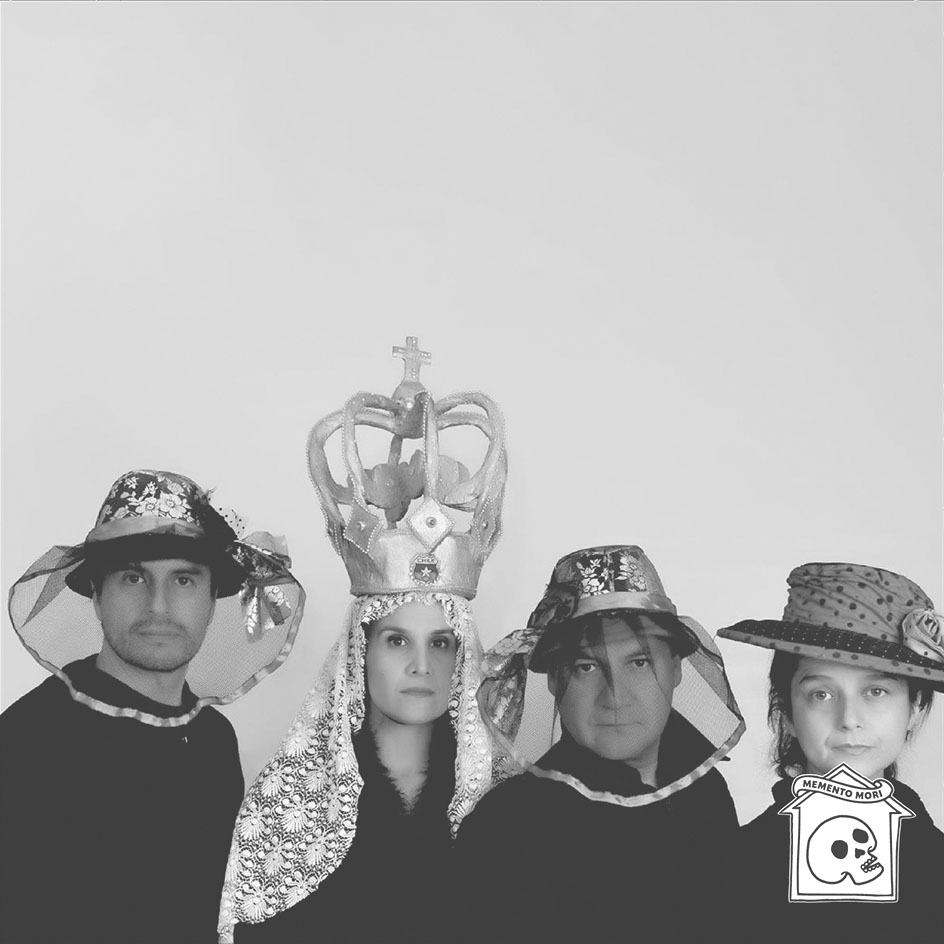


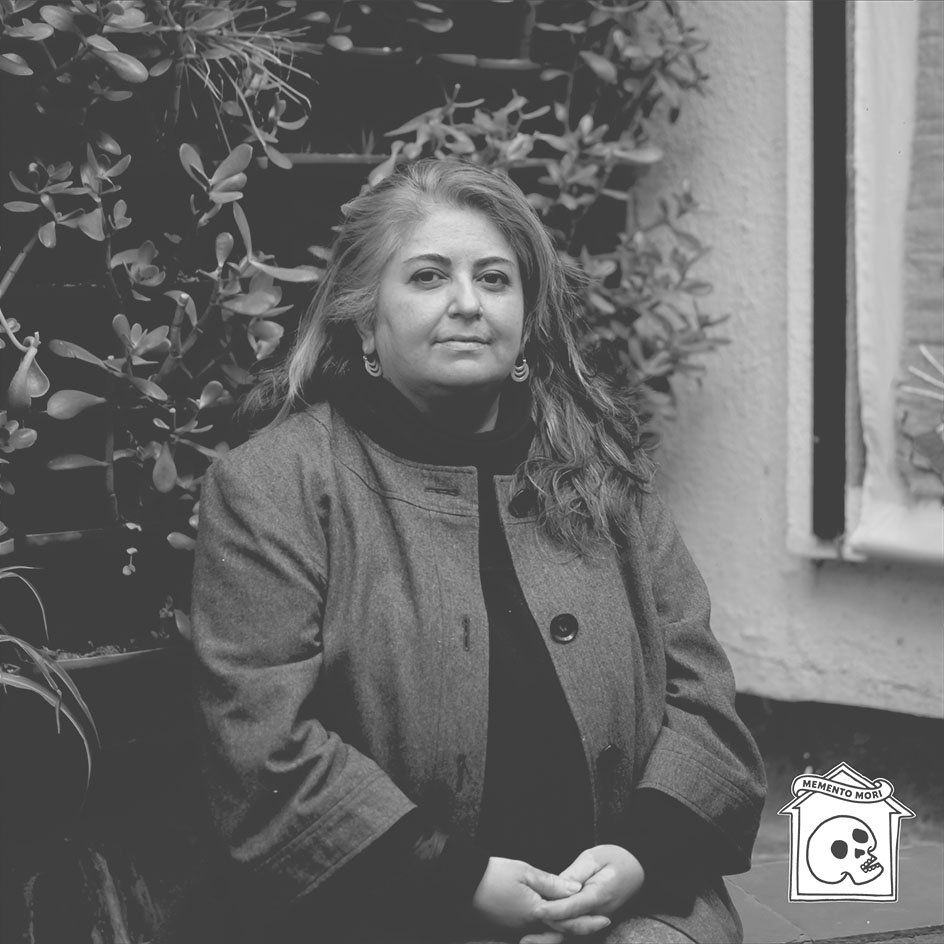
Laura Gandarillas was a theater designer trained at the University of Chile. She discovered opera through television, which, coupled with her love of drawing, led her to a career in theater design.
She considered Andrés Pérez to be her greatest influence. She met and worked with him while still studying, as he directed her graduating play "La Orestiada ."She also participated as a costume designer in Perez's last play, "La Huida," where she developed a distinctive approach to the theater: to work as a family.
In 2006 she joined actors Claudia Perez and Rodrigo Muñoz in the Chilean Business company, in plays she defined as popular theater. They presented plays in countless venues, from neighborhood events to fashion halls, and toured several national and international festivals.
"Don't snuff out people's spirits" was her main motto. She excelled at working in the most varied material conditions and used whatever she could find. In that sense, her designs always stemmed from her own biography, particularly her childhood. She sought connection points with her projects and then translated them spatially.
In "La ciudad sin ti," a play inspired by Pedro Lemebel's chronicles, Laura became obsessed with the color magenta. From then on, her designs began emphasizing the importance of this color, becoming her signature.
Lighting, for its simplicity, was always her favorite area of work.
In her twilight years, she worked as part of the Puerperio Collective, presenting their homonymous play, where they addressed postpartum depression. In addition to designing, Laura took to the stage as an actress for the first time in her career.
Laura Gandarillas fue una diseñadora teatral formada en la Universidad de Chile. Conoció la Ópera a través de la televisión, lo cual sumado a su afición por dibujar la condujo a la carrera de Diseño Teatral.
Consideraba a Andrés Pérez su máximo referente. Lo conoció y trabajó con él cuando ella aún se encontraba estudiando, pues fue su director de egreso en la obra “La Orestiada”. También participó como diseñadora de vestuario de la última obra de Perez, “La Huida”, donde forjó una particular visión del teatro: trabajar en él como si se tratara de una familia.
Desde 2006 trabajó junto a los actores Claudia Pérez y Rodrigo Muñoz en la compañía Chilean Business, en obras definidas por ella como teatro popular. Presentaron obras en un sinfín de escenarios, desde eventos barriales hasta salas de modas y recorrieron diversos festivales nacionales e internacionales.
“No apagar voluntades” era su máxima fundamental a la hora crear. Destacaba por trabajar en las más variadas condiciones materiales y siempre trabajaba con lo que hubiese. En ese sentido, el punto de partida para sus diseños siempre estaba en la propia biografía, y en particular, en su infancia. En ella buscaba puntos de conexión con sus proyectos y luego los traducía espacialmente.
En “La ciudad sin ti”, obra inspirada en las crónicas de Pedro Lemebel, Laura se obsesionó con el color magenta. Sus diseños, desde entonces, comenzaron a relevar la importancia de ese color, transformándose en su sello autoral.
La iluminación, por su sencillez, fue siempre su área preferida en su trabajo.
En sus últimos años, trabajó en el Colectivo Puerperio con su obra homónima, donde abordaban la depresión post parto. En esa obra, además de diseñar, Laura por primera vez se subió al escenario como actriz.